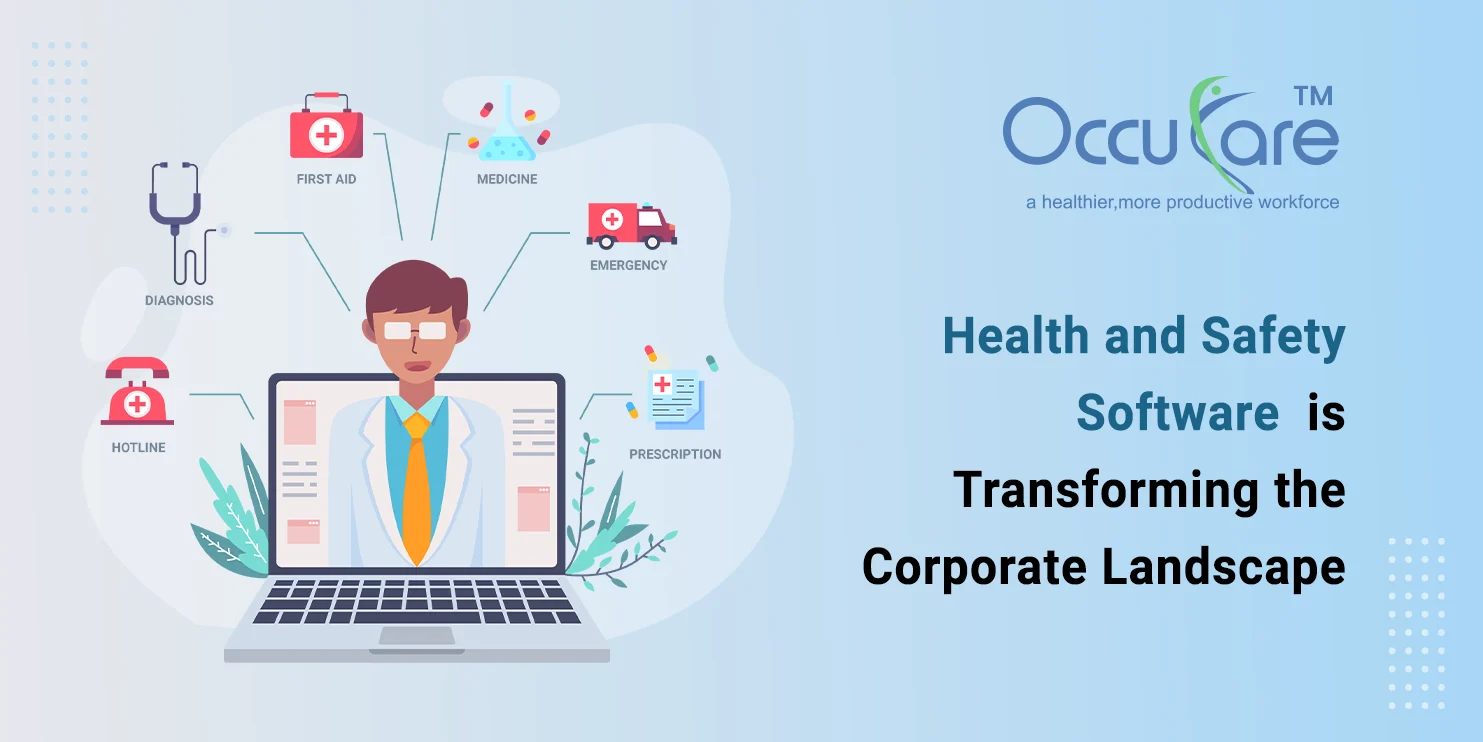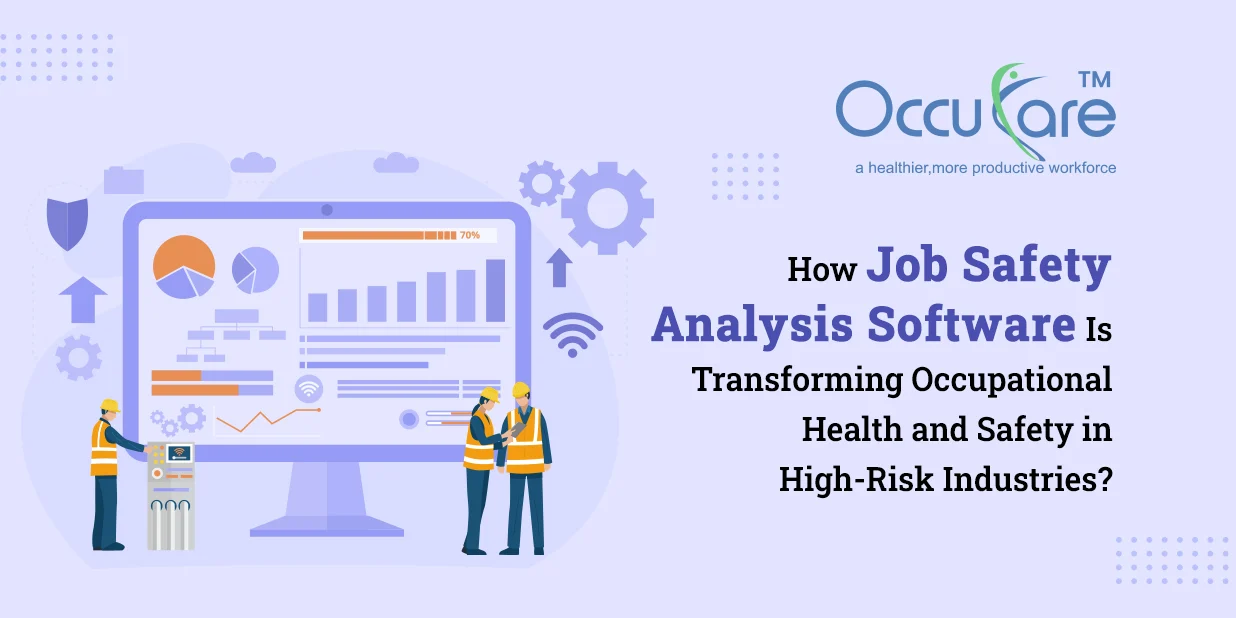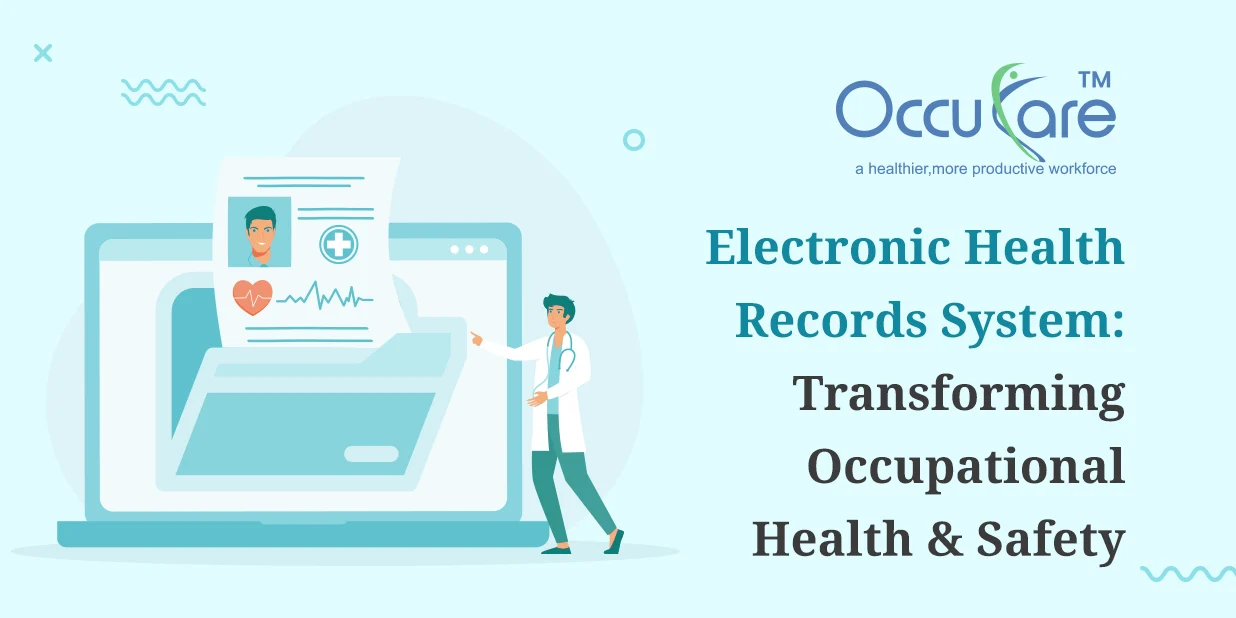Businesses are increasingly recognizing the importance of prioritizing the health and safety of their employees as their business environment continues to shift. Technology has become a potent ally in creating a more secure and secure work environment, surpassing the conventional techniques of human tracking and documentation. The way businesses handle and manage safety at work is changing significantly as a result of the sophisticated features and capabilities of health and safety software.
1. Simplifying requirements and Compliance:
Keeping up with the numerous health and safety requirements is one of the biggest problems that organizations confront. By offering automated methods for monitoring and guaranteeing compliance, health and safety management software aims to make this complicated environment simpler. These platforms assist firms in adhering to industry-specific rules and OSHA standards, thereby lowering the danger of fines and legal complications.
2. Real-Time Event Reporting and Analysis:
Responses from traditional incident reporting techniques are frequently slow to arrive and provide insufficient details. Real-time incident reporting features are introduced by health and safety software, allowing staff members to report problems quickly using intuitive user interfaces. In addition to enabling speedier resolution, this speedy reaction enables thorough data analysis, spotting trends and patterns that might guide preventative safety actions.
3. Risk mitigation and predictive analytics:
The key to averting accidents is foreseeing possible risks. Predictive analytics is used by Occupational Health and Safety software to discover and evaluate risks, allowing businesses to take preventative action. These technologies enable businesses to make well-informed decisions that lower the risk of accidents and foster a proactive safety atmosphere by examining past data and patterns.
4. Risk Control:
Organizations can efficiently discover, assess, & reduce risks with the use of health and safety software. It facilitates the development of a centralized risk management system, guaranteeing that possible risks are located and dealt with right away.
5. Reporting and Conformance:
The program offers options for reporting and monitoring, which helps firms maintain compliance with numerous health and safety laws. This guarantees that companies adhere to legal norms and obligations, preventing fines and legal problems.
6. Reporting and Investigating Incidents:
Software for health and safety makes it easier to report accidents quickly and effectively. By streamlining the inquiry procedure, it enables businesses to pinpoint the underlying reasons of occurrences and put preventative measures in place to stop them from happening again.
7. Awareness and Training:
Features for overseeing staff training initiatives are frequently included in these software packages. They support the delivery and monitoring of safety training, guaranteeing that staff members are knowledgeable about safety policies and procedures.
8. Alerts and real-time monitoring:
Real-time monitoring is provided by certain software systems for health and safety. This enables businesses to monitor safety indicators, get immediate notifications of possible problems, and take preventative action to avoid mishaps.
9. Data insights and analytics:
Software for health and safety gathers and examines data to reveal important patterns and trends. Organizations can use this information to plan ahead, take preventative action, and keep improving their safety initiatives.
10. Mobile Usability:
Mobile accessibility is a major consideration in the design for numerous Occupational Health and Safety software applications. This enhances communication and cooperation between field employees and remote workers by enabling them to report events, receive safety information, and take part in educational events from any location.
11. Connectivity with Different Systems:
Occupational safety and health software may easily interface with additional company applications like payroll, project management, and HR thanks to integration features. Processes are streamlined, effort duplication is decreased, and overall organizational efficiency is increased through this integration.
12.Inspections and Audits:
Software for health and safety makes it easier to organize and carry out routine audits and inspections. It offers a methodical framework for evaluating conformity and pinpointing areas in need of development.
13. Savings on costs:
Organizations can save money overall by using wellness and security software to lower the amount of incidents, mishaps, and related expenses. It reduces potential legal costs, compensation for employees claims, and downtime.
14. Corporate Safety’s Future :
Safety and health software will advance along with technology. More advancements are anticipated in the future, such as applications that use augmented reality for instruction and simulations and predictive analytics powered by AI. Organizations that adopt these innovations will be able to maintain their leadership in safety excellence.
To sum up, Health and Safety management software is a force that is transforming the corporate landscape and is more than just a tool. It gives companies the ability to adopt a comprehensive approach to safety, promoting an environment at work where both businesses and individuals prosper. Employee safety and health software acts as a lighthouse for us as we make our way through the challenges of the contemporary business environment, pointing the way toward a time when employee safety is not only a top priority but also a crucial component of economic success.








